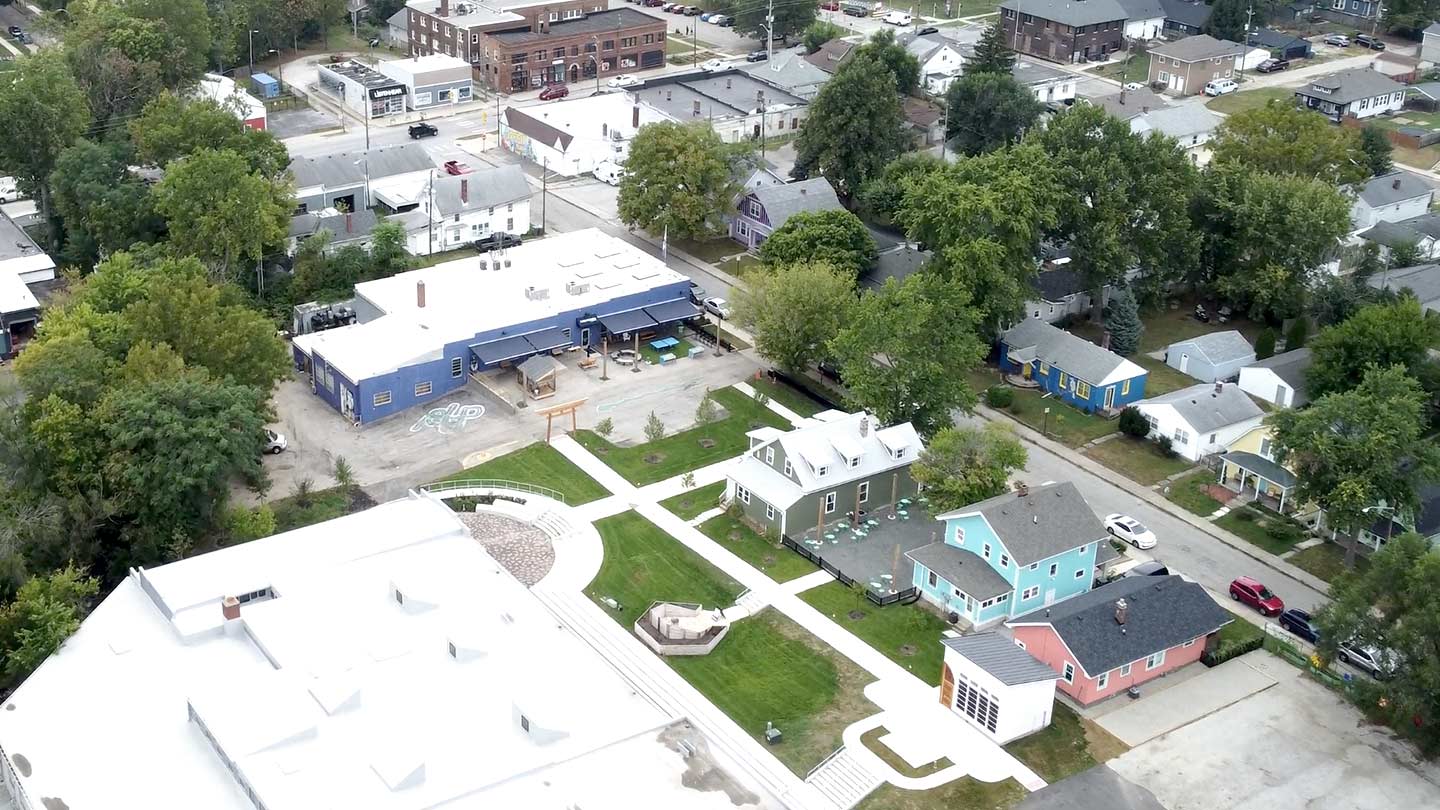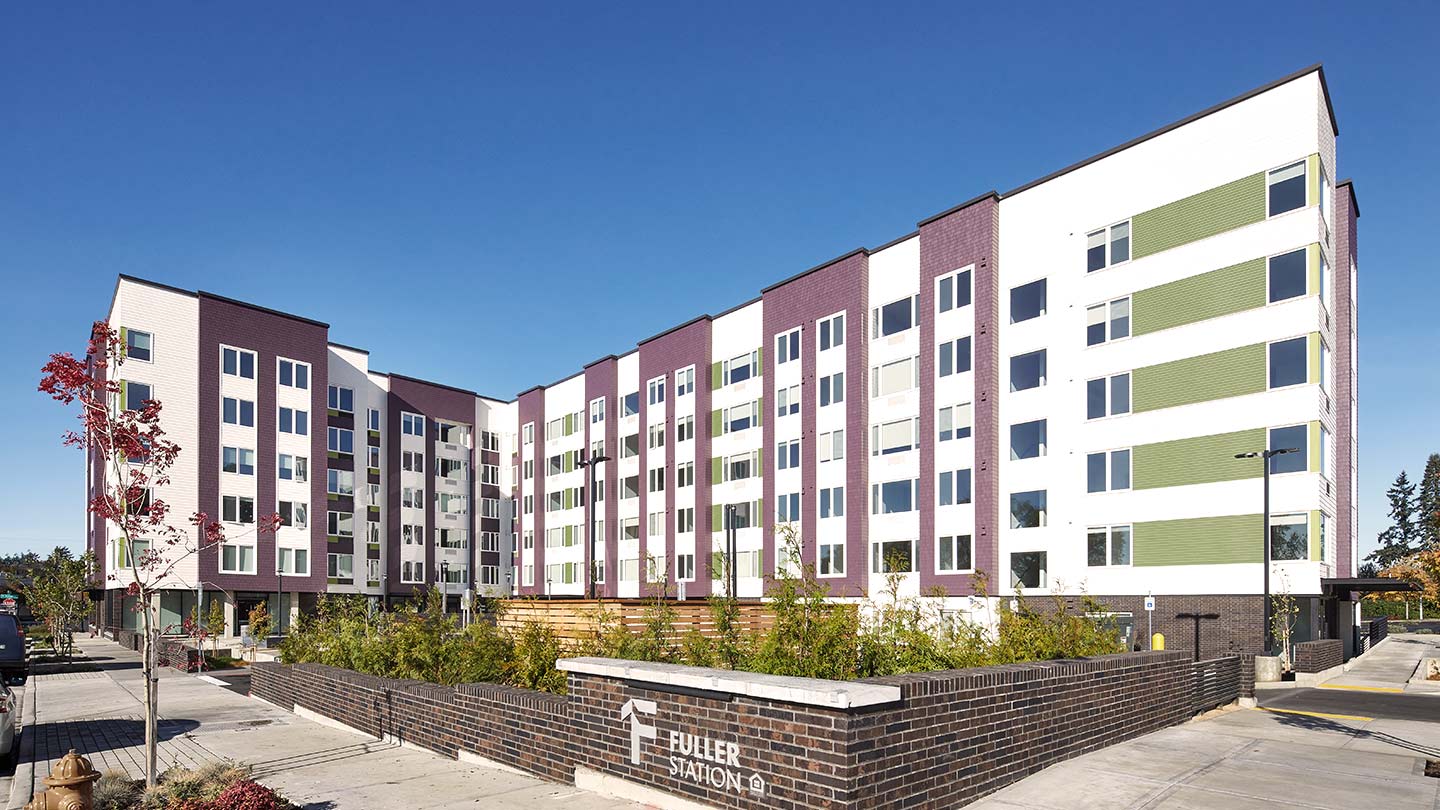
7 min read
Key takeaways
- The Federal Open Market Committee (FOMC) held interest rates steady at its June meeting, keeping the target range for the federal funds rate between 4.25% and 4.50%.
- Federal Reserve Chair Jerome Powell reiterated that the Fed is focused on its dual mandate and will continue to assess incoming data.
- Multifamily investors should look at multiple economic and business factors as they consider real estate hedging options.
The Federal Open Market Committee (FOMC) kept the target range for the federal funds rate at 4.25% to 4.50% at its June meeting. Rates have held steady in 2025, following 100 basis points of rate cuts 2024 and a series of rate hikes in 2022 and 2023.
“Interest rates have experienced some volatility year to date, as expectations for growth and inflation have shifted a few times given heightened policy uncertainty, mostly around trade and tariffs,” said Ginger Chambless, Head of research for Commercial Banking at J.P. Morgan. “There’s also focus on government spending and borrowing needs over the coming years, especially following the Moody’s downgrade of U.S. debt in May.”
Evolving conflicts in the Middle East could further fuel uncertainty.
The Fed has made clear its current stance on monetary policy makes it well positioned to quickly respond to economic developments. “We expect the Fed to remain independent in its decision making and focused on the incoming data around inflation and labor markets,” Chambless said.
Here are a few things to keep in mind about the rate environment.
Continued treasury volatility
“The bond market craves certainty and stability. Instead, it has had to deal with uncertainty and chaos over the last several months,” said Mike Kraft, Commercial Real Estate Treasurer for Commercial Banking at J.P. Morgan.
“The on-again, off-again status of tariffs—whether imposed, postponed or merely threatened—makes it difficult for analysts and the market to form a satisfactory view of the economy’s evolution and the level of future inflation. That is felt most acutely in the realm of medium- and long-term Treasury yields,” he said.
How the Fed affects short- and long-term interest rates
As always, it’s important to differentiate between short- and long-term interest rates and how the Fed’s actions impact each.
- Short-term interest rates are directly impacted by the Federal Reserve. As the Fed’s primary tool for influencing interest rates and the economy, the federal funds target range directly drives other short-term market rates such as prime and SOFR.
- Medium- and long-term interest rates—such as yields on Treasury notes and bonds, interest rate swaps and corporate bonds—can be influenced by the Fed but ultimately depend on the market’s long-term expectations of inflation and the direction of the economy. From day to day, supply and demand can also drive these rates. Because the collective view of the market is outside of anyone’s control and can be driven by many factors, long-term rates are more difficult to forecast and—particularly in the current market environment—can exhibit considerable volatility.
What future interest rates could mean for commercial real estate
“If inflation remains tame and the labor market softens, the Fed’s economic projections indicate that they foresee the need to lower rates twice in 2025,” Kraft said. As of July 3, Fed funds futures imply a 70% chance of a rate cut at the September FOMC meeting, and another one by year end.
“The concern is that both tariffs and fiscal policy may be inflationary which—if severe enough—could delay accommodative action by the Fed,” Kraft said.
The cost of tariffs could be passed to producers and consumers in the form of higher prices, causing measures of inflation to rise. “Higher inflation would likely result in stable to higher interest rates as the FOMC might deem it appropriate to stay on pause for longer or hike interest rates to curb inflation,” Chambless said.
“Higher inflation would likely result in stable to higher interest rates as the FOMC might deem it appropriate to stay on pause for longer,” Chambless said.
- Demand for affordable multifamily properties remains elevated, while there’s some downward cyclical pressure on luxury properties.
- Industrial real estate is beginning to normalize, but still experiencing tailwinds related to domestic manufacturing capacity and infrastructure investments to meet customers’ on-demand expectations.
- Retail performance has been mixed depending on location and concept. Neighborhood shopping centers continue to perform well.
- Office is starting to show signs of normalization. As more employees return to the office full time a flight to quality is possible.
The possibility of a recession
A recession could have wide-ranging impacts on multifamily and other commercial real estate assets. An economic downturn could also impact interest rates.
“Typically, interest rates decrease in a recessionary environment,” Chambless said. “How quickly rates drop and to what degree depends on how high inflation is running and the severity of an economic slowdown."
“In the event of stagflation—a recession accompanied by higher prices—the situation becomes more complex, and creates more challenges for decision-making by the Fed,” Kraft said.
The Fed would ultimately need to decide at the time which risk—higher inflation or lower employment—demands their immediate attention.
Hedging interest rates
Amid economic uncertainty, real estate investors may consider hedging options. Before you decide to hedge against interest rates, you should:
- Understand your business’s cash flow
- Assess the interest rate sensitivity of your revenues and expenses
- Evaluate economic factors influencing interest rates
While interest rates have a unique influence on commercial real estate, it’s important to look at multiple economic factors, including:
- Labor markets: Labor markets remain steady. Total nonfarm payroll employment increased by 147,000 in June. The unemployment rate changed little at 4.1%, according to the U.S. Bureau of Labor Statistics.
- Inflation: Inflation progress has stalled in recent months. As of May, the Personal Consumption Expenditures (PCE) price index increased 0.1 percent from the previous month. Excluding food and energy, the PCE price index increased 0.2 percent. The PCE price index increased 2.3% from May 2024. Excluding food and energy—the Fed’s preferred inflation index—the PCE price index increased 2.7%.
- Commercial mortgage rates: Treasury yields can impact hybrid- and fixed-rate loan pricing for commercial real estate investments. Rising yields may reflect higher levels of expected inflation in the long term, while falling yields could indicate lower inflation and a possible slowdown or recession.
It’s also important to consider factors specific to commercial real estate, such as location, asset class and cap rates, as well as demographic shifts and supply and demand.
In an uncertain interest rate environment, it’s important to stay on top of commercial real estate trends.
Refinance today
Hide
Refinance today
Hide







